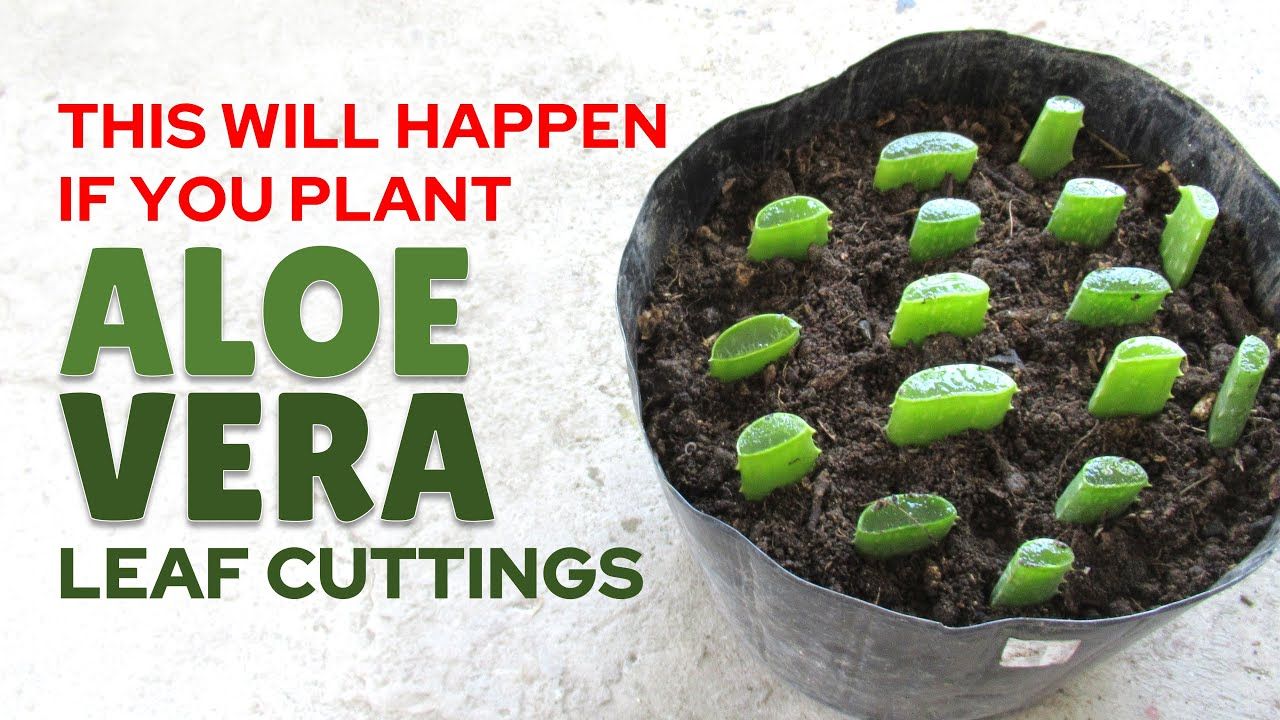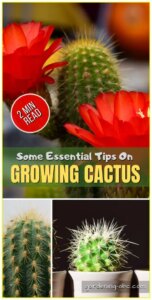When it comes to succulent plants, few possess the charm and versatility of the Aloe Vera. Renowned for its therapeutic properties and resilience, Aloe Vera can also be propagated effortlessly from a single leaf. This guide will equip you with comprehensive knowledge, ensuring a successful germination process. Understanding the needs of this hardy plant is paramount, as it thrives under the right conditions.
Before delving into the specifics of planting Aloe Vera from a leaf cutting, it is imperative to comprehend the biology of this remarkable succulent. The Aloe Vera plant stores water in its fleshy leaves, allowing it to endure periods of drought. While it is often classified as a houseplant, with the right care and attention, Aloe Vera can flourish outdoors in appropriate climates. This outdoor adaptability further emphasizes the importance of understanding specific growing conditions for optimal health.
Let’s explore the essential components required for propagating Aloe Vera from a leaf cutting.
Choosing the Right Leaf
The journey to propagating Aloe Vera begins with selecting the correct leaf. One must opt for a healthy, mature leaf that is full-sized and free from damage or pest infestations. Look for leaves that are plump and firm, as they indicate a robust plant. Avoid using leaves that are wilted, discolored, or showing any signs of rot. A healthy leaf will serve as an excellent source of nutrients for the new plant.
For optimal results, choose a leaf from the lower half of the plant, as these tend to be older and have more stored nutrients. When harvesting, use a clean, sharp knife or scissors to make a clean cut at the base of the leaf. This precision is crucial in preventing any damage to the parent plant and ensuring that the cutting can heal properly.
After harvesting, it’s advisable to allow the cut end of the leaf to dry for several days. This process, known as callousing, prevents excess moisture loss and reduces the risk of rot when planted.
Preparation of the Planting Medium
Creating an excellent growing medium is crucial for the success of your Aloe Vera cutting. The ideal soil for Aloe Vera needs to be well-draining, as the roots are susceptible to rot if they become overly saturated. A commercial cactus or succulent mix is often a suitable choice, but you can also create your own blend.
To prepare your unique mix, combine equal parts of potting soil, coarse sand, and perlite or pumice. This combination provides excellent drainage while still retaining enough moisture for the cutting to establish itself. Avoid using regular potting soil, as it may retain too much moisture, leading to a disastrous outcome.
Once your soil is prepared, select a pot that has drainage holes at the bottom. This feature is essential for preventing water from accumulating at the base, which can lead to root rot. Fill the pot with your soil mix, leaving enough space at the top to accommodate the leaf cutting.
Planting the Leaf Cutting
With the leaf cuttings ready and the soil prepared, it is time to plant. Take the calloused cutting and gently insert the cut end into the soil about an inch deep. Ensure that the leaf is upright and firm within the medium, as providing stability is vital for successful growth.
After positioning the cutting, avoid watering immediately. Due to the presence of moisture in the leaves, it is advisable to let the cutting remain dry for about a week to encourage budding root development. This technique not only minimizes the risk of rot but also encourages the leaf to focus on root formation.
Once a week has passed, you can begin watering lightly. Use a spray bottle or gently drizzle water around the base of the cutting, ensuring you do not saturate the soil. This light watering will help establish roots without overwhelming the cutting.
Providing the Right Environment
The environment plays a crucial role in the success of propagating Aloe Vera. Place your pot in a location that receives bright but indirect sunlight, as direct sunlight may scorch the tender leaves. An east-facing window is often ideal for ensuring that the plant receives adequate light without the risk of excessive heat.
Temperature also matters significantly. Aloe Vera prefers warmer conditions, ideally between 60°F to 75°F (15°C to 24°C). Avoid exposing the plant to chilly drafts, as temperature fluctuations can hinder growth and potentially harm the developing roots. If grown indoors, maintaining a consistent environmental temperature will aid in successful propagation.
Over time, typically within three to four weeks, you may notice the growth of new roots. The leaf will begin to change in appearance, becoming slightly shriveled as it directs its energy towards root establishment. Once the cutting has developed a stable root system, you can carefully acclimatize it to slightly brighter light conditions.
Once fully established and thriving, caring for an Aloe Vera plant is relatively easy. Allow the soil to dry out completely between waterings, as overwatering is one of the main causes of aloe decline. Fertilization isn’t necessary for aloe in its early stages, but once thriving, a diluted cactus fertilizer can be beneficial during the growing season.
Utilizing Aloe Vera’s Benefits
As your Aloe Vera plant grows, you may enjoy its array of benefits. The gel found inside the leaves serves an array of uses — from soothing burns to hydrating skin — making it a valuable addition to any household. Harvest the gel by slicing the leaf open and extracting the clear substance with a spoon. Its versatility does not stop at skincare; Aloe Vera is also a dietary staple in many cultures, known for its benefits when consumed in moderation. Always ensure you consult with a healthcare professional before incorporating it into your diet, as some individuals may require caution.
In conclusion, planting Aloe Vera from a single leaf offers an enriching experience, connecting you to a plant that has thrived for centuries. By following this comprehensive guide, you will not only succeed in propagation but also appreciate the myriad benefits this resilient succulent provides. With patience and proper care, your Aloe Vera plant can flourish, enriching your indoor environment with its beauty and utility.





Leave a Comment